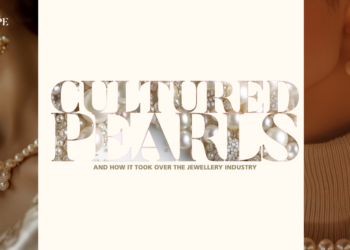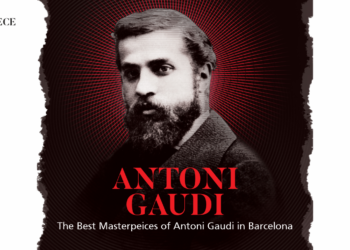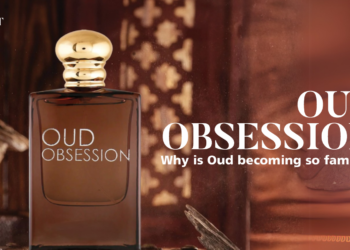The culture of Chinese Tea Houses is a ritual that connects the savourer to an ancient tradition that dates back thousands of years. Tea has been the most prevalent beverage in China for four thousand years. It emerged during the Tang dynasty and further gained prominence in the Song and Ming dynasties. Tea Booths (Chatan) and Small Teahouses (Chaliao) started popping up everywhere in mainland China. In the Song dynasty, tea houses became formalised institutions that brought the community together as a means to socialise and bond over a hot brew of tea. After discovering the beneficial qualities of tea when its leaves were boiled in water, this love affair has endured through many centuries.
This culture of tea drinking became so strong that its ripples could be seen in other East Asian countries like Japan and Korea, which developed their own versions of the tea ceremony. Enjoyed more like an art than amusement, many believe it to be a spiritual experience that replenishes the soul and calms the mind into a quiet retrospective.
Some ancient writers and experts felt that a set of 24 tea wares was a prerequisite for brewing the perfect cup of tea. Eventually, people started using the tea ware, which gave way to the early tea ceremonies. The Chinese tea culture is a symbol of mutual respect and gratitude. Often, the younger generation takes the older generation to tea houses as a symbol of respect. Some believe that offering tea to a person who is upset is a sign of apology. In Chinese weddings, the bride and groom also offer the parents tea, which is a way to convey their gratitude.
The Tea Ceremony
The ceremony is known as ‘Cha Dao’, which has ceremonial connotations and is prepared and presented in a very precise manner. The steps include preparing the tearoom and the teaware, carefully measuring the amount of tea, rinsing the leaves, brewing, presenting the tea and then, through kind gestures, appreciating the rich delicacy that has trickled down through one generation after the other. More than just an afternoon delight, it is a proper sensory experience enriched by mindfulness.
The ceremony begins with the host welcoming the guests in the tearoom. The chinaware is immaculately made of delicate porcelain. Pouring hot water in the teaware is a symbol of cleansing. It is noteworthy that high emphasis is given to the quality of the tea, and some consider it a prized possession. “It embodies the soul of the mountains and rivers, the essence of heaven and earth, and the loving care of man.” as the author of “Chinese Tea Culture”, Li Xiousong notes. Water is also given due credit as some people collect the snow/raindrop water in bamboo tubes or sometimes natural spring water, too.
Some tea ceremonies are on the hills in the evening with cool winds underneath the moonlight. This highlights the harmony between nature and humans, heightened during the ceremony. It is also considered that fewer guests are better as large crowds get noisy and the sacredness gets hampered. It can be noted that brewing the perfect cup is truly a work of art since it needs perfect temperature and needs to be brewed precisely so that it is not under or over-brewed.
Teapots, trays, cups, bowls, pitchers, spoons, and stainers are all essential items which elevate the essence of the ceremony. The tea is left to sit in the boiling hot water for a given period of time so as to release all its flavour. For each guest, the tea is poured into their cups with gestures to show gratitude. The guests reciprocate the same gesture, take a whiff of the aroma, and savour each sip while enjoying more cups with deeper flavours as the tea infusion gets stronger with time. After the conclusion, the guests and host reflect on the experience and continue with the merriment.








